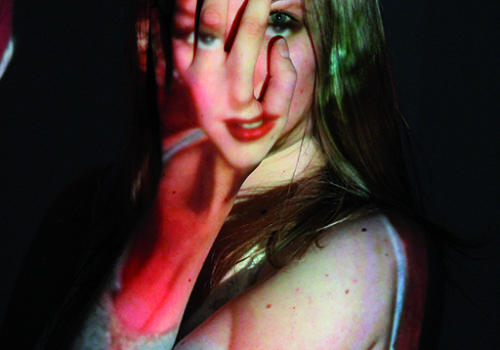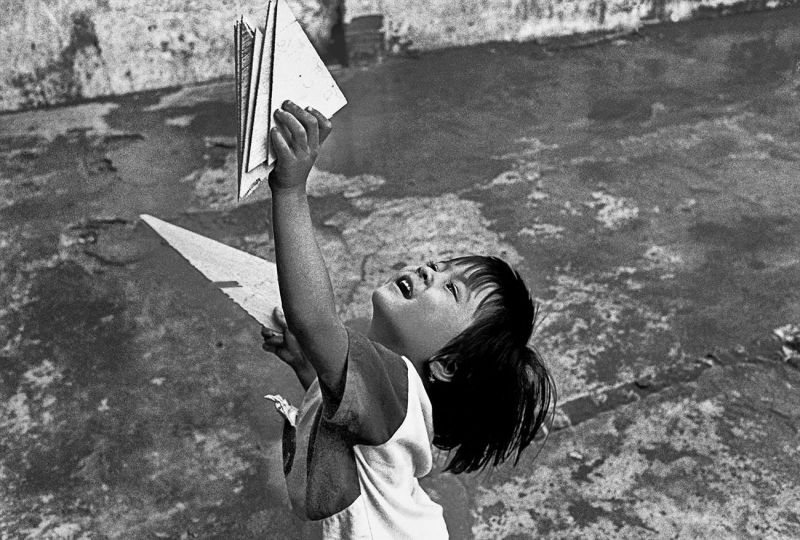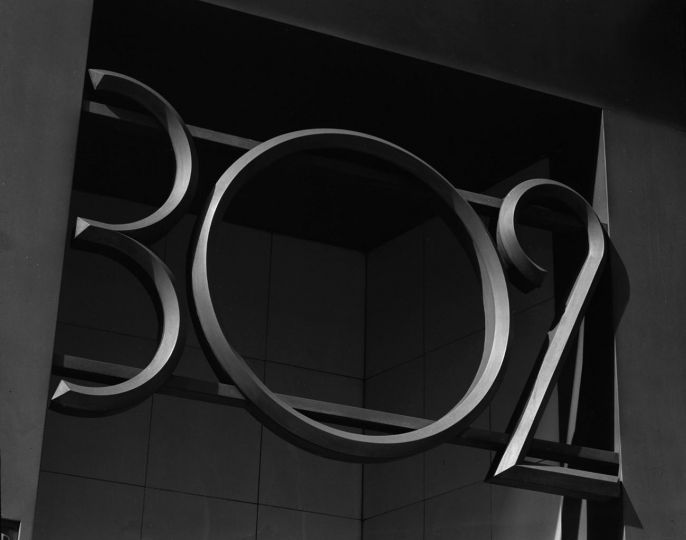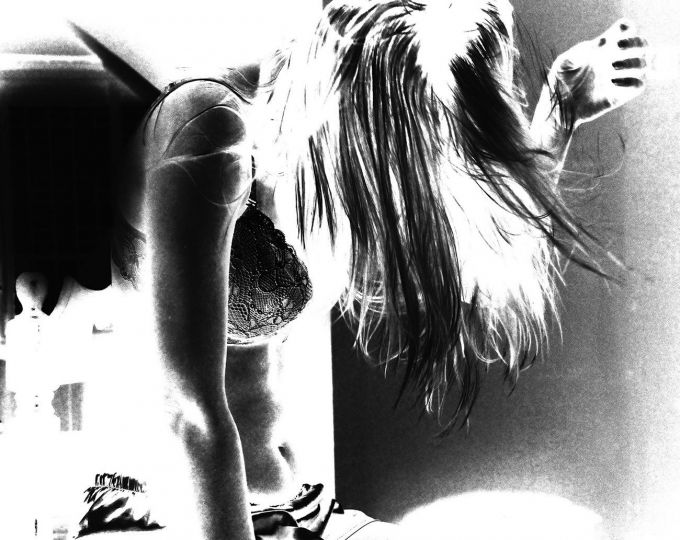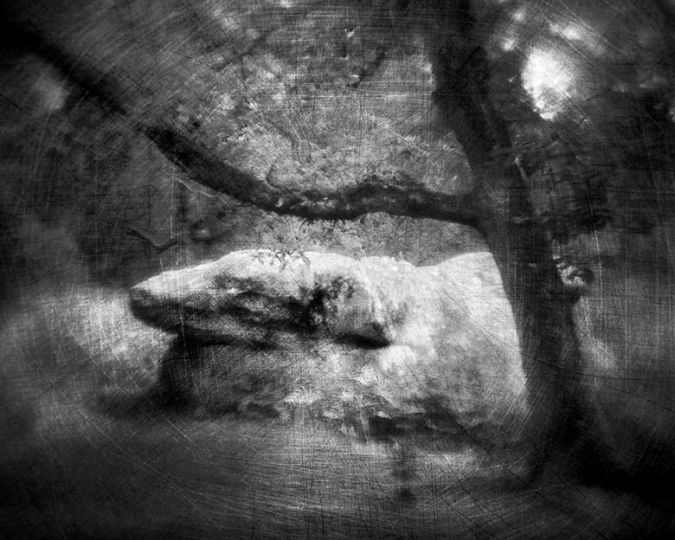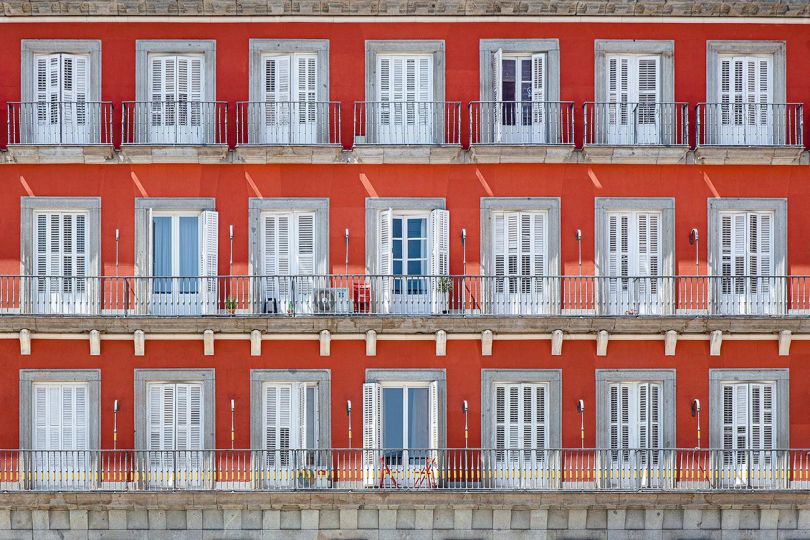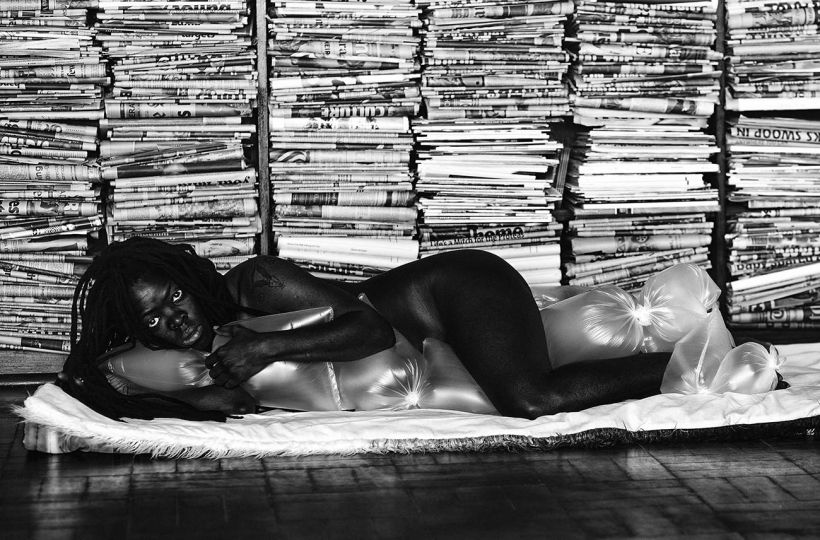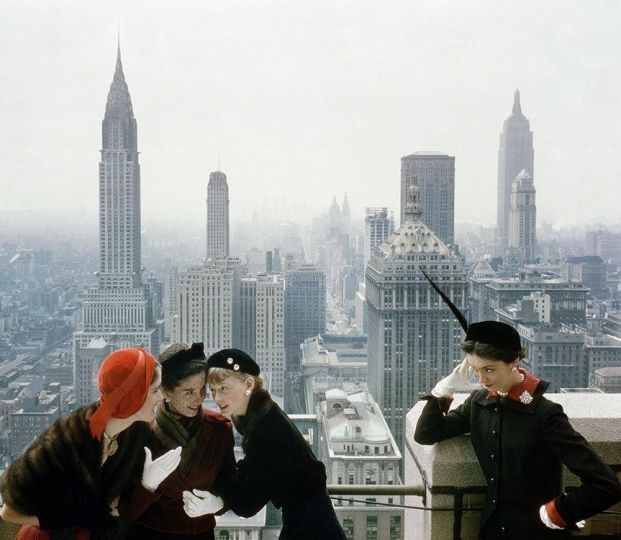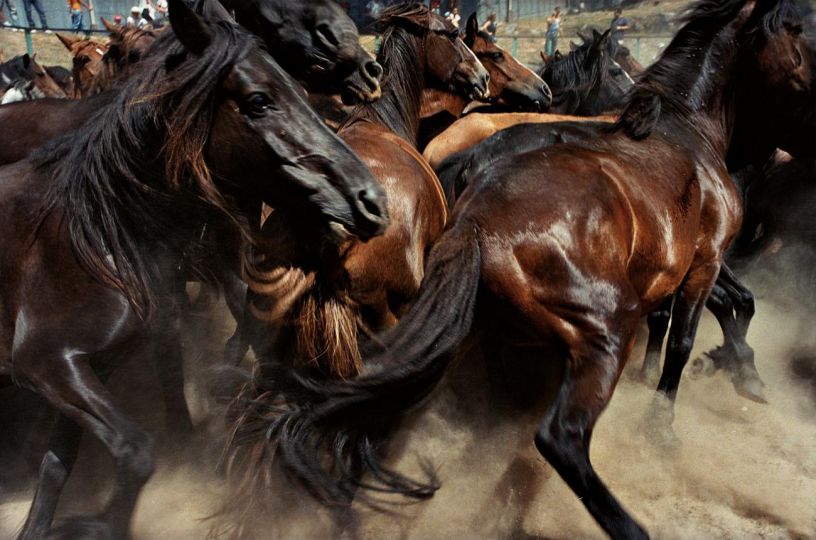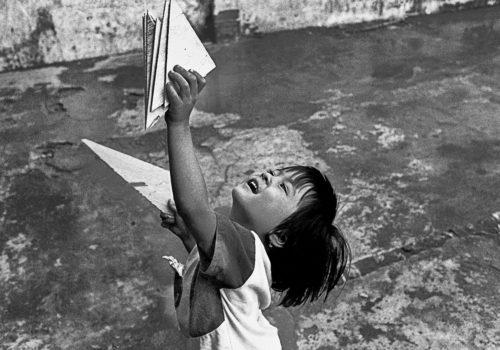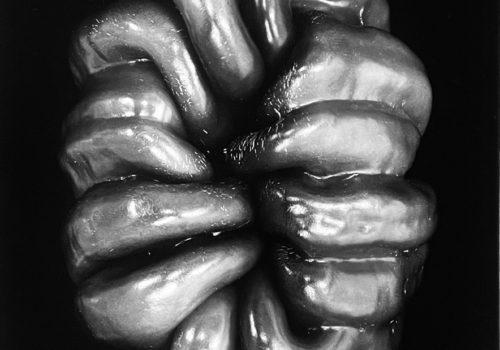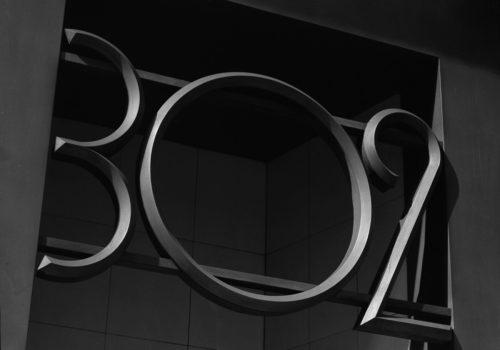Identity or picture? Simulation, hyperreality, illusion or deception? In what kind of a world do we live and what pictures do we see? Simulacrum, the title of an exhibition at Priska Pasquer, in Cologne, Germany, symbolizes German photographer Johanna Reich exploring the effectiveness of digital processes for picture production and dissemination. From a media theory perspective, the simulacrum is not a depiction but rather has a special position as a signal in its own right. According to philosopher Jean Baudrillard, we live in an age of simulation in which the simulacrum manifests itself as hyperreality (Simulacres et Simulation, Paris 1981).
This definition accentuates the fact that the picture no longer serves as an illustration of something else but is the sole carrier of meaning and therefore constitutes the message in itself. The signals that arise in such a world refer to nothing but themselves. Johanna Reich responds to this with a variety of questions and analyses. What happens if one were to deconstruct a picture in one’s pure symbolic system, have it transferred by human hand and record it anew digitally? Which of the two pictures is the real one? What is reality in the first place? Who defines it and what shapes it? And who controls it?
In search of answers, Johanna Reich asks young people, for whom the internet and its “like” culture are everyday reality, about their media icons and identification models. What serves as role models, how are they shaped and disseminated and in what way can they be manipulated? She also asks an older generation for pictures of memories, for pictures that have already established themselves and that have achieved a reality-shaping significance. As well as this, she trawls through analogue picture archives in search of discarded pictures, for documents of forgotten identities, which she puts online, giving them a new reality and a new lease on life.
She also explores and examines – not without irony – conditions and processes for depicting reality in painting and its pursuit of authenticity. For instance, by unveiling with a suitably grand gesture the picture on a canvas as a piece of nature in a classic plein air painting or using drops of water to create a watercolor painting in which the sky and clouds compress to form a mirror, she creates very real snapshots, but it is only the reflected image of these that will survive through the film footage that is taken at the same time, rendering it infinitely reproducible.
Which illusions does painting create? What space is given to the painter’s gesture in connection with original, cult and genius? To what extent does the artist identify with the picture (motif) and to what extent is he or she wrapped up in the picture or even disappears completely? Even public space, which is far from being the same thing as space that is open to everyone equally, becomes a subject for discussion. What defines a public space? Who positions themselves here, who moves in this space and in what way? Which political and commercial players are given permission to monitor this movement? In which power rhetoric is the body therefore implicated? And how can it escape from this? What happens when the human body disguises itself, rendering itself invisible to the camera’s technical eye?
Johanna Reich has, in the form of performance art, been experimenting for years with her own body, with its visibility and perception and the various limitations of these. The body can respond to the monitoring, it can show or conceal itself, disappear, or escape control by becoming invisible. However, this does not mean that it ceases to exist. Just as a black hole does not signify nothingness but rather an accumulation of mass, the body that conceals itself before the camera is still a body in action. If the technical medium fails in its documentary function, a picture still emerges – not a reflection, but a simulacrum.
Johanna Reich, Simulacrum
February 23 to April 7, 2018
Priska Pasker
Albertusstr. 18
50667 Cologne
Germany

